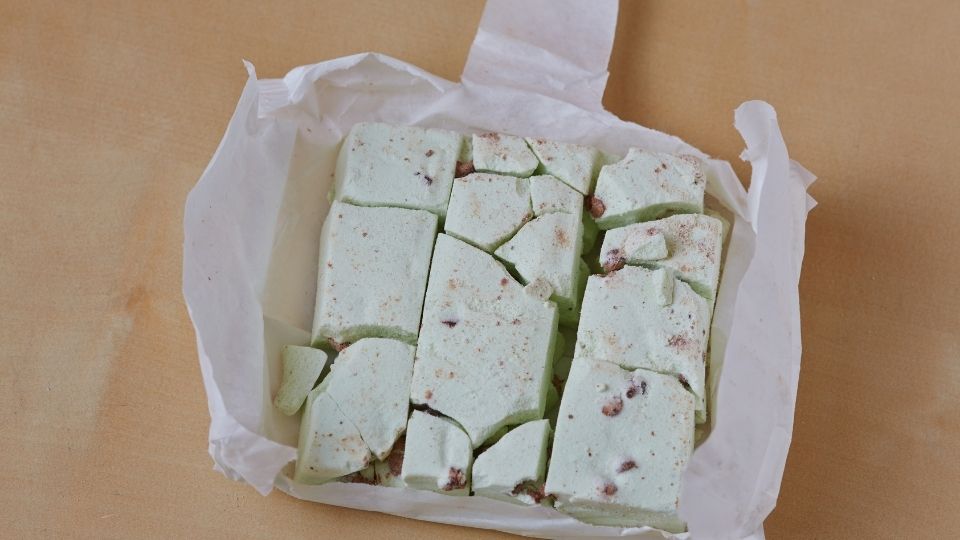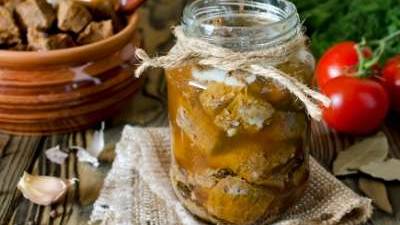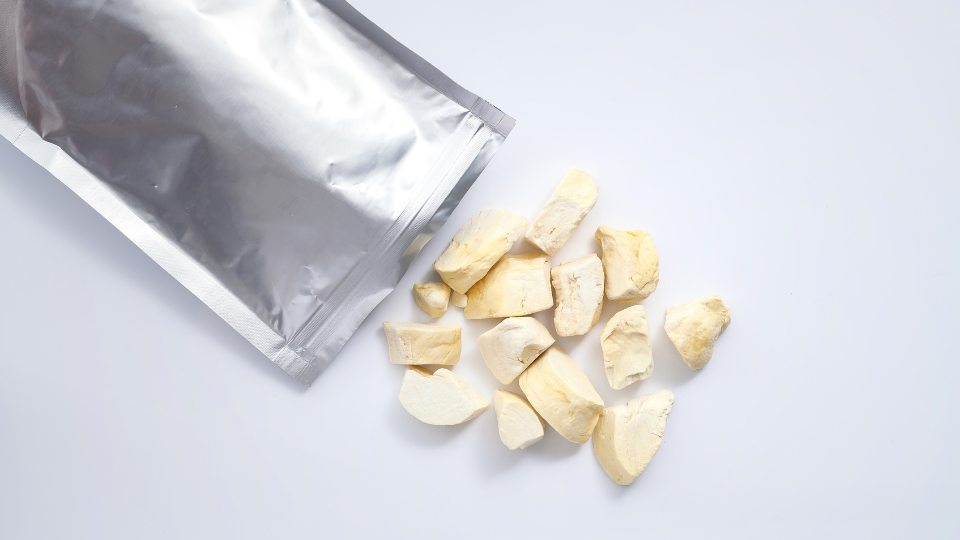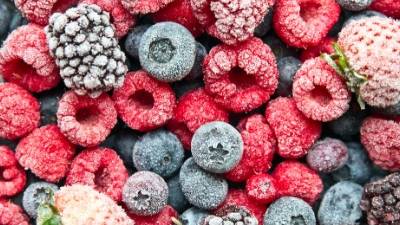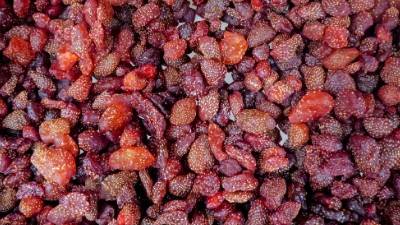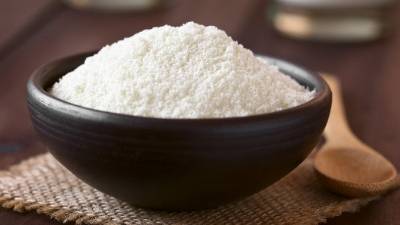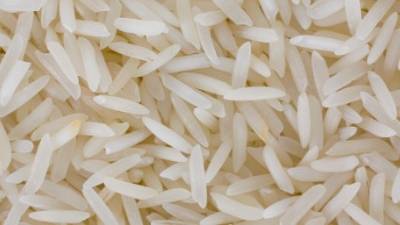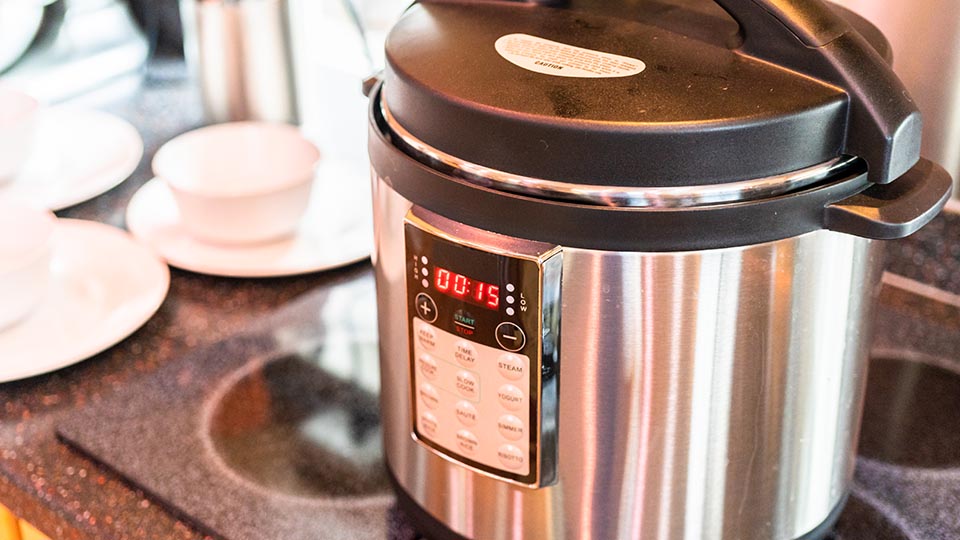Tips to Safely Ferment at Home
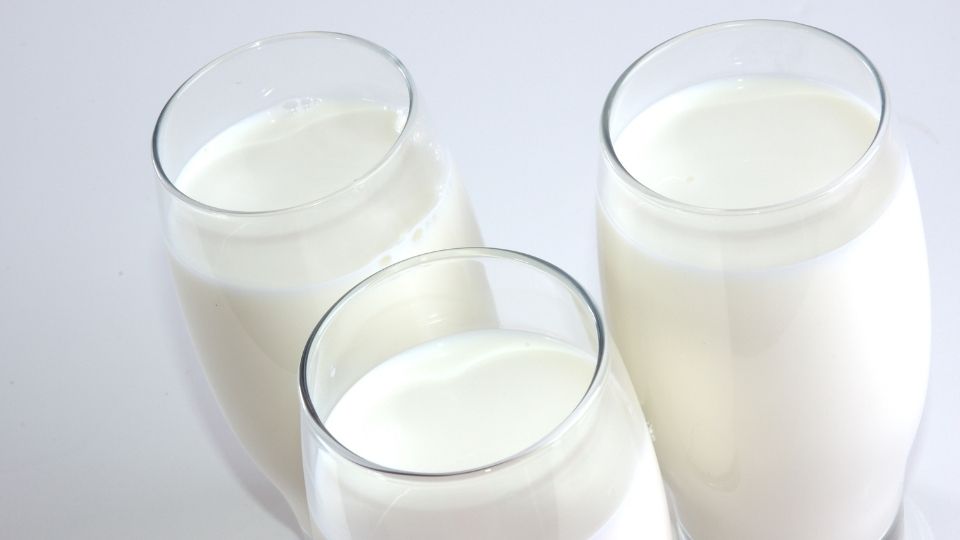
Fermenting Foods
Fermenting foods is perhaps the oldest food preservation method and has grown in popularity in recent years due to their touted “gut”, probiotic, and other additional health benefits. Fermenting at home is an inexpensive way to control what goes inside your food. Many are finding emotional satisfaction from making their food at home and feel a connection to their ancestors by making things the way they did.
Fermentation is the process of “good” microorganisms fermenting sugars and nutrients in food to produce byproducts (acids) that usually preserve the food in some manner. For example, milk is fermented to produce acids that create cheese, yogurt, and other products. In most cases, fermentation alone cannot produce a shelf-stable (room temperature) food product. Nearly all fermented foods require canning to preserve or refrigeration. DIY blog posts have erupted all over the internet with varying methods that can lead to potential exposure to harmful pathogens due to a lack of proper pH, temperature, and time monitoring. Below are specific ways to control the fermentation process to ensure a safe, healthy, and delicious product (EUFIC, 2017; Gilliand, 1989).
Importance of Measuring pH Levels
The pH scale measures how acidic or basic a substance is and ranges from 0 to 14. A pH less than 7 is acidic and greater than 7 is basic. For fermentation to be successful at eliminating all potential pathogens the pH level must drop below an acidity of 4.6. Foods can NOT be guaranteed to be safe and free from harmful potential pathogens unless it is verified using a pH meter or test strip. Foods that “appear” to be safe can still contain harmful pathogens. This is very concerning for the novel and inexperienced home fermenter following DIY blog fermenting guidelines. It is recommended to use a digital pH meter or pH test strips that can measure to at least 1 decimal point. Test strips are less accurate as the color of the food can alter the result and many test strips don’t test to the accuracy of at least one decimal point. For instructions on how to use pH test strips follow these links: https://extension.usu.edu/utahwaterwatch/monitoring/field-instructions/ph/ and an electronic pH meter.
Maintaining Proper Temperature
For the fermentation of food to be successful, the proper temperature must be maintained throughout the entire process. Fermenting on your counter is NOT safe as temperatures vary with weather conditions and heating/cooling fluctuations in the home. It is recommended to use a controlled water bath incubator to maintain a proper temperature. The proper temperature to maintain the “good” microorganisms will be listed on the starter culture packet. Follow instructions on the incubator manual to properly prepare for fermentation.
Monitoring Time
Fermented foods must maintain proper temperature throughout the entire fermentation and reach a pH of 4.6 or less within the allotted time to be considered safe and free from harmful pathogens. The specific temperature and allotted time safety interval your food requires will be listed on your starter culture packet. Dairy products must reach a pH of 4.6 or less within 48 hours to be considered pathogen-free.
Purchasing Starter Cultures
A starter culture is a packet or pouch containing the certain “good” microorganisms that will ferment the sugars and nutrients in the food to produce the desired byproduct acids to ferment the food. A starter culture packet can be purchased online through most grocery retail stores or in person at a local health food store. Starter cultures can not be made at home but after fermenting a food some foods can be re-cultured using a reserved portion. Proper re-culturing needs to occur at least weekly for the “good” microorganisms to thrive and continue to produce.
Popular Foods to Ferment
Acidophilus Milk
Acidophilus milk is a great alternative for lactose intolerant individuals. It is normal milk that has been cultured with live lactobacillus acidophilus bacterium. Research has shown that acidophilus milk has the potential to help prevent or control intestinal infections, improve lactose digestion in lactose-intolerant individuals, help control serum cholesterol levels, and exert anticarcinogenic activity. It can be used in place of milk or if the product ends up thicker then it can be used as a yogurt substitute (Gilliand, 1989).
Buttermilk
Cultured buttermilk is milk that has been incubated with S. lactis and L. bulgaricus. It is a good source of protein, riboflavin, calcium, and several other nutrients. Research has shown that buttermilk may help improve oral, bone, and heart health. Heart health is improved by reduced cholesterol and blood pressure levels. Some lactose-intolerant individuals may tolerate this better than normal milk. Buttermilk is an acid typically used in a variety of recipes as a leavening agent and produces a light color and fine grain when added to baked goods. Buttermilk can be used in pancakes, biscuits, dressings, pies, ice-cream, cornbread, vinaigrettes, or with your favorite meat or cooked vegetable dish (Panoff, 2019).
Cultured Cream (Fraîche)
Cultured cream is a fermented dairy product with 10-45% fat content. It contains probiotics that are beneficial to the gastrointestinal tract. However, this beneficial source of probiotics is high in saturated fat and should be consumed in limited quantities. Commonly known as crème fraîche, this product is highly popular in much of northern Europe and Central America. Crème fraîche is made from heavy cream which is then inoculated with a starter culture and allowed to ferment. It is like the United States’ sour cream except that it is less sour and contains more fat. This thick, delicious treat can be added into savory dishes (curry, casseroles, soups), used as a dip to your favorite fruit, or whipped to top your favorite dessert (Ipatenco, n.d.).
Kefir
Kefir is a drink originally fermented in animal hides made from cow’s or goat’s milk. It originated thousands of years ago from the Caucasus Mountains in the former Soviet Union. Kefir “grains” resemble small cauliflower the size of wheat kernels and contain colonies of yeast and lactic acid bacteria. This fermentable drink is beneficial to the gastrointestinal tract, can help build immunity, improves bone health, has potential protective cancer properties, and may improve allergy and asthma symptoms. Kefir is a good source of calcium, amino acids, B-vitamins, and folic acid. Kefir is also a possible beverage option for lactose intolerant individuals due to its low lactose content. Kefir contains more beneficial probiotic bacteria than yogurt making it the powerhouse probiotic. You can use kefir in smoothies, salad dressings, salads, ice-cream, spreadable cheese, soup, as a substitute for buttermilk or yogurt in baked goods, or as a beverage option (Leech, 2018b).
Kombucha
Kombucha is thought to have originated in China about two thousand years ago. It was originally thought to cure certain diseases although human studies have proven this to be untrue. Research has shown some positive correlations between Kombucha and reduced heart disease risk, the potential to destroy harmful bacteria, aid in the management of type 2 diabetes, and protection against cancer. Kombucha also contains antioxidants and probiotics (Leech, 2018a)
Kombucha is made by brewing sweet tea and then combining with a Scoby starter culture and water. The Scoby then eats the sugar and ferments the tea. Homemade Kombucha contains about 3% alcohol.
Kombucha was introduced to the United States in the 21st century. Since then it has become widely marketed and popular especially due to the wide variety of flavoring options. Flavor Kombucha with your favorite juice, purees, fresh/frozen/canned/dried fruit pieces, fresh/dried herbs, or your favorite jam or preserves. Common flavors include honey lavender, raspberry lemon, blueberry vanilla, peach, strawberry, pineapple, hibiscus, mango ginger, and much more (You Brew Kombucha, 2020).
Yogurt
Yogurt is thought to have originated many centuries ago among the nomadic tribes of Eastern Europe and Western Asia. Milk stored in animal skins would acidify and coagulate. The acid helped preserve the milk from further spoilage and the growth of pathogens (disease-causing microorganisms). Yogurt is a good source of calcium, phosphorous, vitamin B12, riboflavin, magnesium, and potassium. It is also high in protein, especially Greek yogurt. Due to the high amount of protein in Greek yogurt, it is a beneficial appetite suppressant and aid in weight loss as the extra protein leads to longer feelings of fulness, even greater than normal yogurt. Yogurt is also a good source of probiotics. Many commercial brands have been pasteurized destroying the live bacteria. This is a good reason to make yogurt from home to enjoy the benefits of probiotics which are shown to help relieve symptoms of Irritable Bowel Syndrome (IBS) and improve the overall digestive system by decreasing bloating, diarrhea and constipation. Probiotics have also been shown to improve immunity, reduce inflammation, and may help reduce the duration of the common cold. Yogurt also may help prevent osteoporosis and improve heart health (Elliott, 2017).
Choose plain, unsweetened yogurt with live cultures or make homemade yogurt to obtain the most advantageous health benefits. Make yogurt parfaits, smoothies, or frozen yogurt. Yogurt is also making its way to the dinner table in marinades, salad dressings, as a replacement for mayo, swirled into soups, or topped on any of your favorite dishes (Roman, 2014).
Authors
Kelsie Maw, RD, CD; Brian Nummer, Ph.D.; Callie Ward; Melanie Jewkes
Related Research






